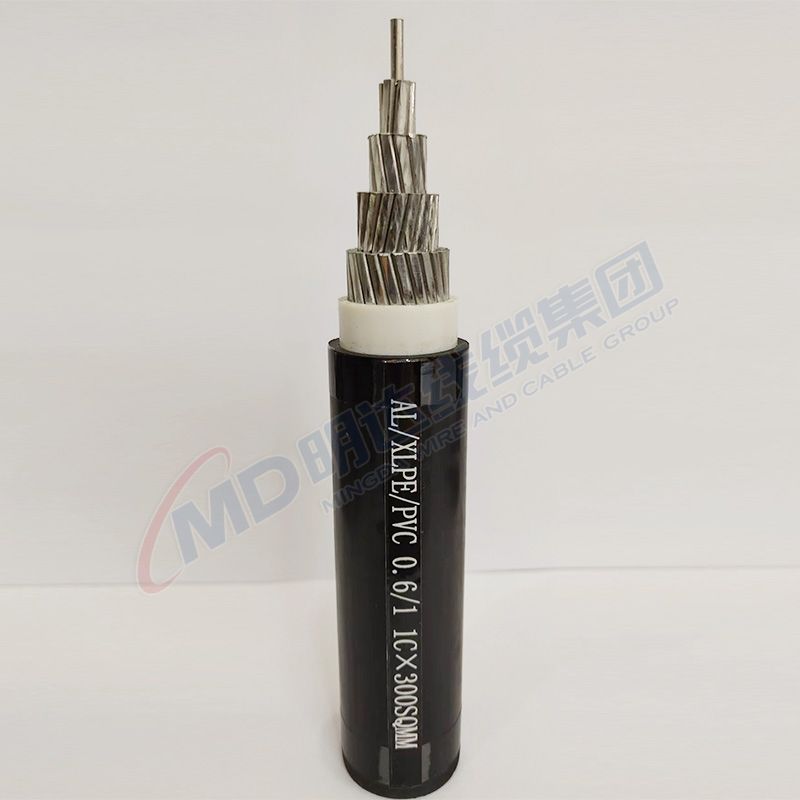Dec . 04, 2024 10:09 Back to list
foot valve for water pump
Understanding Foot Valves for Water Pumps An Essential Component for Efficient Water Management
When it comes to effective water management in various applications, one crucial component often overlooked is the foot valve. Specifically designed for use with water pumps, foot valves play a significant role in maintaining a consistent flow of water and ensuring the efficient operation of pumping systems. In this article, we will explore what foot valves are, how they function, and their importance in water pumping systems.
What is a Foot Valve?
A foot valve is essentially a check valve installed at the bottom end of a suction line, immersed in the water source. Its primary function is to prevent backflow, thereby maintaining the prime in the pump. Typically constructed from durable materials such as brass, stainless steel, or plastic, foot valves are available in various sizes and designs to suit different applications. The valve comprises a strainer, which ensures that debris and other particles do not enter the pump, potentially causing damage or clogging.
How Does a Foot Valve Work?
Foot valves operate on a simple mechanism. When the pump is activated, the foot valve opens due to the pressure created by the pump, allowing water to flow into the suction line. As the pump deactivates, the foot valve closes automatically due to gravity and the pressure from the water column above it, preventing any water from flowing back into the source. This one-way mechanism is crucial for maintaining the water supply and ensuring the pump remains primed, ready for the next operation.
The Importance of Foot Valves in Water Pumping Systems
1. Preventing Backflow One of the most critical functions of a foot valve is its ability to prevent backflow. This is essential for systems that require consistent water delivery, as it ensures that once water is pumped, it does not flow back into the source when the pump is turned off.
foot valve for water pump

2. Maintaining Pump Prime For water pumps to function effectively, they must remain primed (filled with water). A foot valve keeps water in the suction line, enabling the pump to maintain its prime, which is essential for efficient operation, especially in applications where pumps cycle frequently.
3. Protecting Pump Systems The strainer component of a foot valve plays a protective role. By filtering out debris and preventing it from entering the pump, foot valves can significantly reduce wear and tear on the pump, prolonging its lifespan and improving reliability.
4. Enhancing Efficiency In irrigation systems, residential water supply setups, or industrial applications, a functioning foot valve contributes to the overall efficiency of the water management system. By ensuring a steady flow of water and minimizing downtime caused by loss of prime, foot valves help to optimize the operation of pumps, leading to energy savings and better performance.
5. Versatility Foot valves are versatile components used in various applications, including agricultural irrigation, irrigation systems, wells, ponds, and even pools. This adaptability makes them an indispensable part of many hydraulic systems.
Installation and Maintenance
Proper installation of foot valves is critical to their function. They should be placed at a depth that keeps them submerged and protected from debris. Maintenance is typically minimal, but periodic checks for wear or clogging in the strainer are advisable to ensure optimal performance. Regular cleaning and, when necessary, replacement of the valve can prevent potential problems and ensure the longevity of the pumping system.
Conclusion
Foot valves are integral to the effective functioning of water pumps and systems. Their ability to prevent backflow, maintain pump prime, and protect against debris makes them a critical component of hydraulic systems. Whether for agricultural, residential, or industrial applications, understanding how foot valves work and their importance can lead to better maintenance practices and more efficient water management. As technology advances, innovations in foot valve designs and materials will continue to enhance their performance, emphasizing their vital role in water systems around the world. Ultimately, investing in quality foot valves not only supports the longevity of pumping equipment but also promotes efficient water use in various settings.
Share